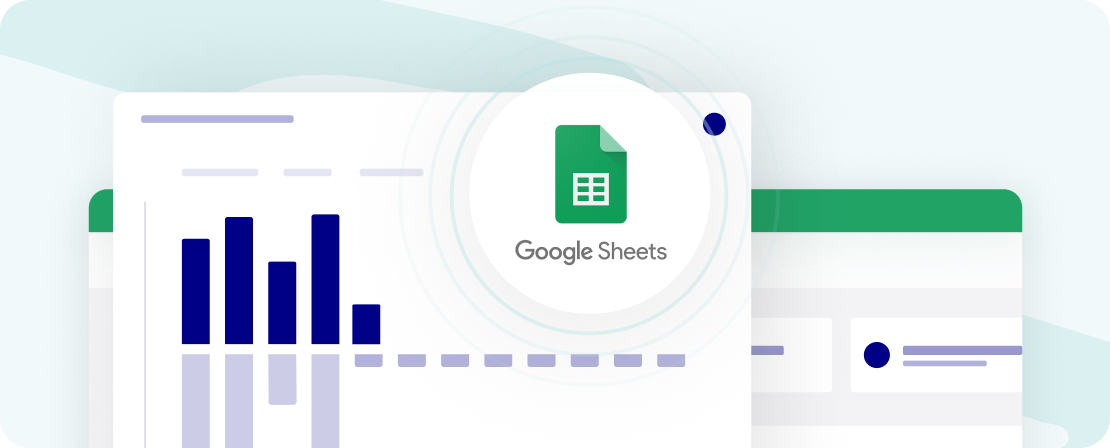-
What will a Google Sheets and Cube integration allow me to do?
+
Create and share reports, analyze data, and return new or changed data to Cube using the spreadsheet add-on. Combine the strengths of Google Suite with the ability to get the most up-to-date data from your source system. Collaborate on data in Google Sheets and embed reports in your Google Slides presentations.
-
Do I have to rebuild my existing models, reports, and back-end logic in Google Sheets?
+
Nope! The Cube add-on uses the criteria you've set in your rows and columns to find the relevant data in Cube. This includes formulas. You can either leave your formulas in your spreadsheet as they are or add them into Cube.
This helps you work faster, whether you're starting from a ready-made model or a blank spreadsheet.
-
How long does setting up a Cube and Google Sheets integration typically take?
+
Begin using the Cube Add-On for Google Sheets immediately after downloading it from the Cube Portal.
-
Do I have to work in Google Sheets? Or can I work in Excel and use the Cube integrations to push my reports to Google Sheets?
+
Use the Cube Add-On to bring data from your source system into Google Sheets (or Microsoft Excel). You can also send new data back to Cube. Once it's in your spreadsheet, you can save and share it like any other Excel or Google file you’d like.
Create a collection of reusable templates for your future planning tasks by saving reports to Cube. These templates can be edited in Excel or Google Sheets, regardless of which software was used to create them.
-
How much control do I have over data permissions?
+
While working with data using the Cube Add-On, you can employ protective measures to control who can retrieve or edit information. These protections can be applied to specific data ranges or the entire spreadsheet.
The Cube Add-On also respects the access permissions of your team members. If a team member's permissions restrict them from accessing certain aspects of the data, those aspects won't be available when they use the Cube Add-On.
Using the Cube Add-On in Google Sheets provides an additional layer of control beyond Cube's access permissions. You can use Google's collaboration permissions to grant collaborators different access levels, such as editing, commenting, or viewing the file.


“
I love how seamlessly Cube integrates with Google Sheets. Our company exclusively uses Google products, and when we were shopping around, most similar solutions only used Excel.Rick K., Accountant